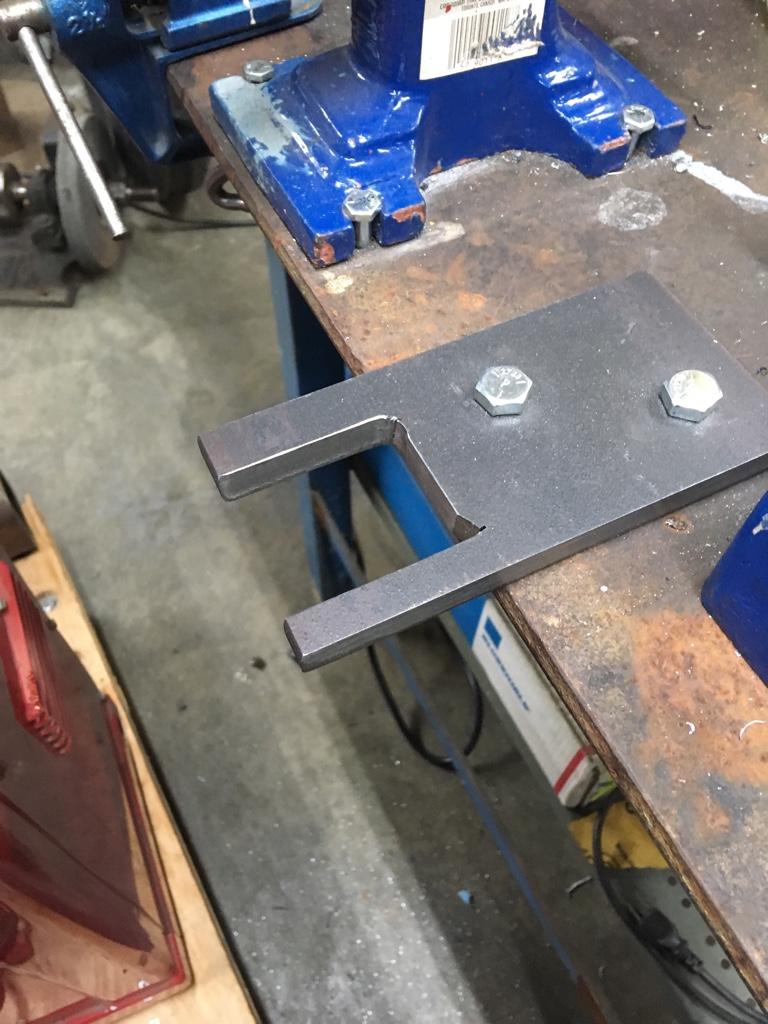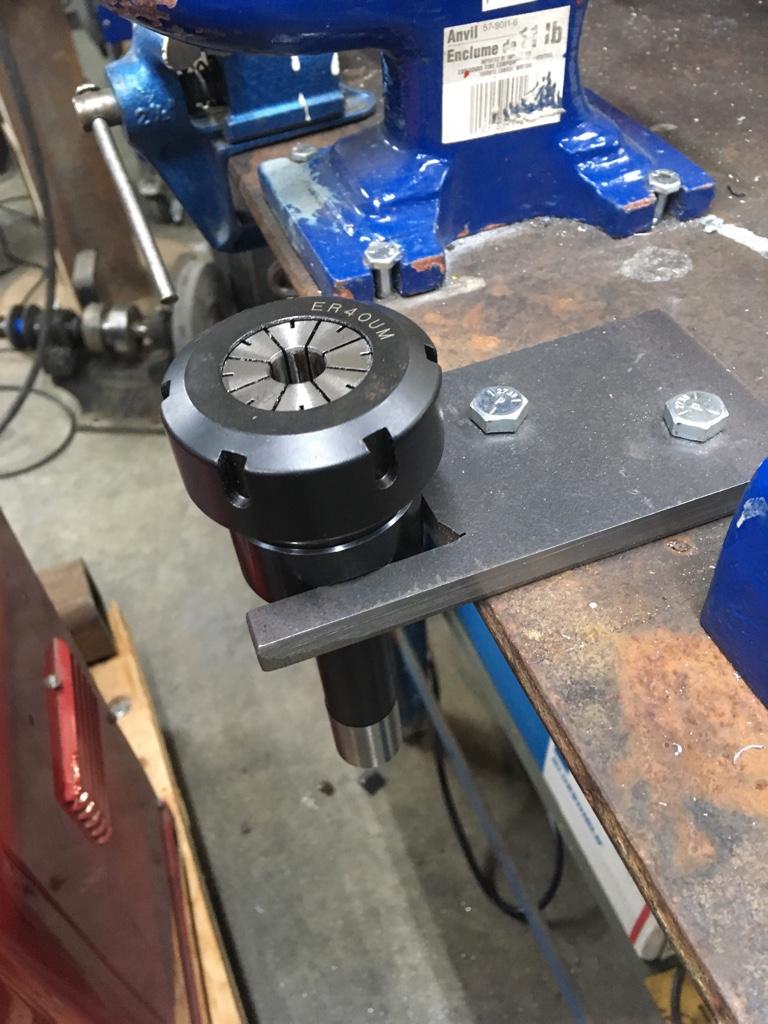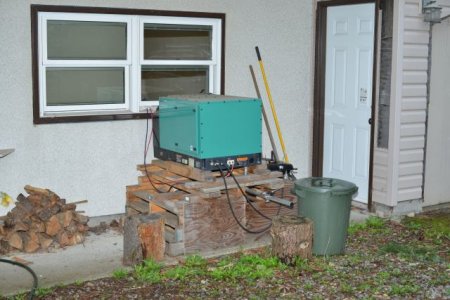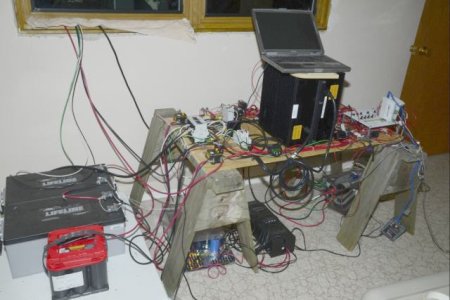It was part of the kit I bought, they sell different assortments related to what drawers you’re trying to organize. I got the wrench assortment they have others for sockets or ratchets etcWhere did you find that part? is it a wrench holder? If you can get a cad file or maybe the .STL file then changes could be made to it. You can PM it to me if you can locate it. Otherwise it would have to be drawn up from scratch.
How long (roughly) would it take to draw up? I could mail you one if that’s easiest





